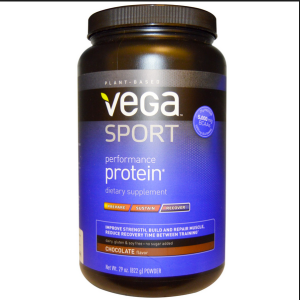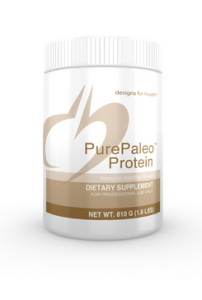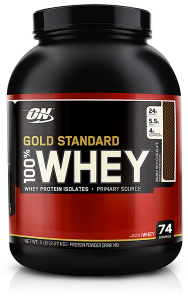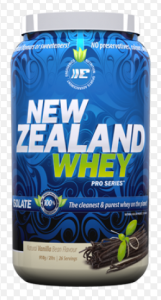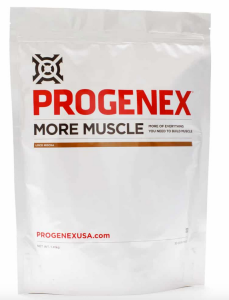It’s been a few weeks since I started this journey. It most certainly has not been perfect, and I have made some (ahem.. many) mistakes along the way. But.. it’s about the journey, right?
Troubleshooting
Ideally, you should eat 30% of your carbs before working out, 30% afterward and the rest interspersed throughout the day. If you aren’t working out, these should just be spread over the course of your day. “Saving” your carbs for a treat at the end of the day isn’t doing your body any favours. You are likely feeling tired, groggy and grumpy over the day, because your body needs carbs to function. Remember that carbohydrates in the form of candy or sugary meals is not only used differently in the body, but also sits differently ON the body. Reaching your numbers by eating a tub of ice cream is not going to get you the results you are looking for.
Protein, in some form, is a must at every meal. Some studies have shown that consuming protein evenly throughout the day is most beneficial for muscle growth.
Ideally, you should be eating 5-6 meals a day, of nutrient dense food.
Here are some other things I’ve learned along the way…
Honesty
Being honest with myself has been hard. There were a few bad days where I ate like crap (making poor choices like having yogurt covered pretzels) and it was easier to skip tracking or leave out that particular food so I wouldn’t have to see it. Bad idea. It’s okay to have a bad day, but it’s also important to track it so that you can adjust the numbers down the road to fit your lifestyle. It’s also important to track it so you can see how it affected your mood, sleep, training and life. I have started being more honest with myself because I realized I won’t get anything out of this diet otherwise.
Don’t eat foods unless they’ve been accounted for on the scale
It is WAY to easy to eat at a Pita Pit, and go by a predetermined number on My Fitness Pal. This number doesn’t necessarily apply to your specific wrap. Hold yourself accountable and eat real food that you have prepared. If you know you are going to be away for a meal, prepare it ahead of time and bring it with you.
If that isn’t possible, just do your best to account for everything you are eating.
What I’m saying is – eat what you want, but be in control of what goes in it, and don’t go significantly over your numbers (stay within 5 on either side).
Traveling
I spend a lot of time traveling, and just generally being away from home on the weekends. I have had accommodated this by making vegetable smoothies ahead of time, buying whey for times when I can’t find a good source of protein, and eating protein bars where necessary. (However, it should be said that protein bars should act as supplemental food, and not meal replacements. Focus on making 85-90% of your daily nutrient intake nutrient dense foods, and use protein bars as a last resort, where necessary).
If you travel, stock up on things you can take with you. It’s easy to bring veggies along, prepare smoothies ahead of time, bring some nuts, precooked chicken or deli meats. Get creative – food can be fun! Make food prep part of the routine because it takes the stress out of traveling. I have had 12 hour days in clinic that I did not prepare for, and it was obvious how much it affected my ability to think and function. By the end of the day, I was barely participating. On the other hand, for those days I was well prepared, I found that I was still on my A game 12 hours later. As a generally low energy person, that is not something I ever thought was possible. It’s amazing how your body can surprise you when its well fed and nourished.
Overall, I am feeling well fed, well fueled, and excited about the changes over the next few weeks.
-Lauren








